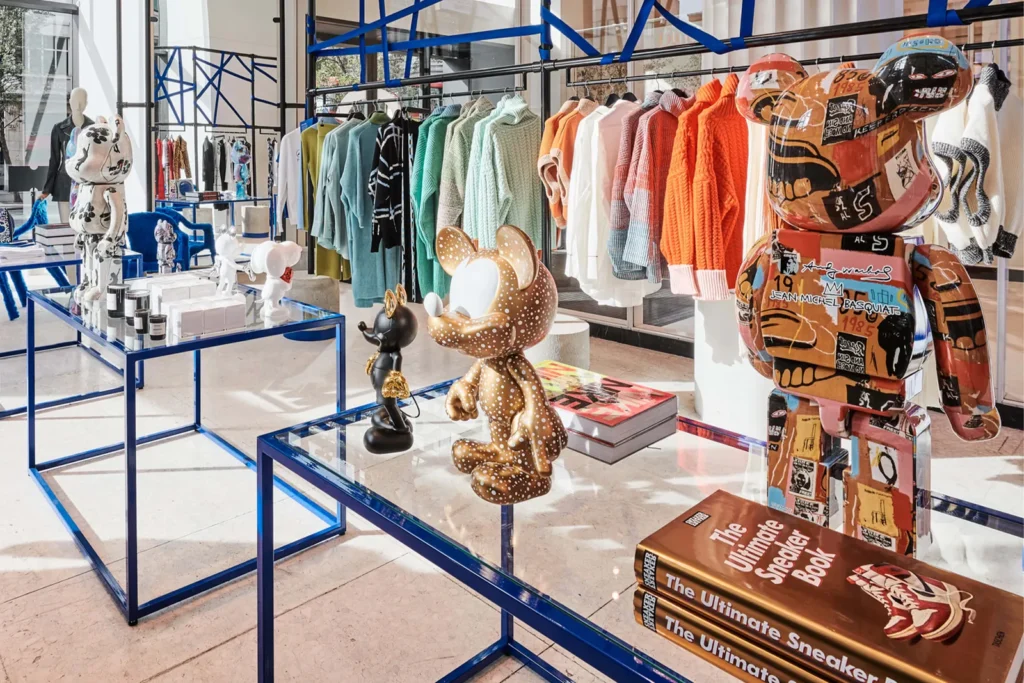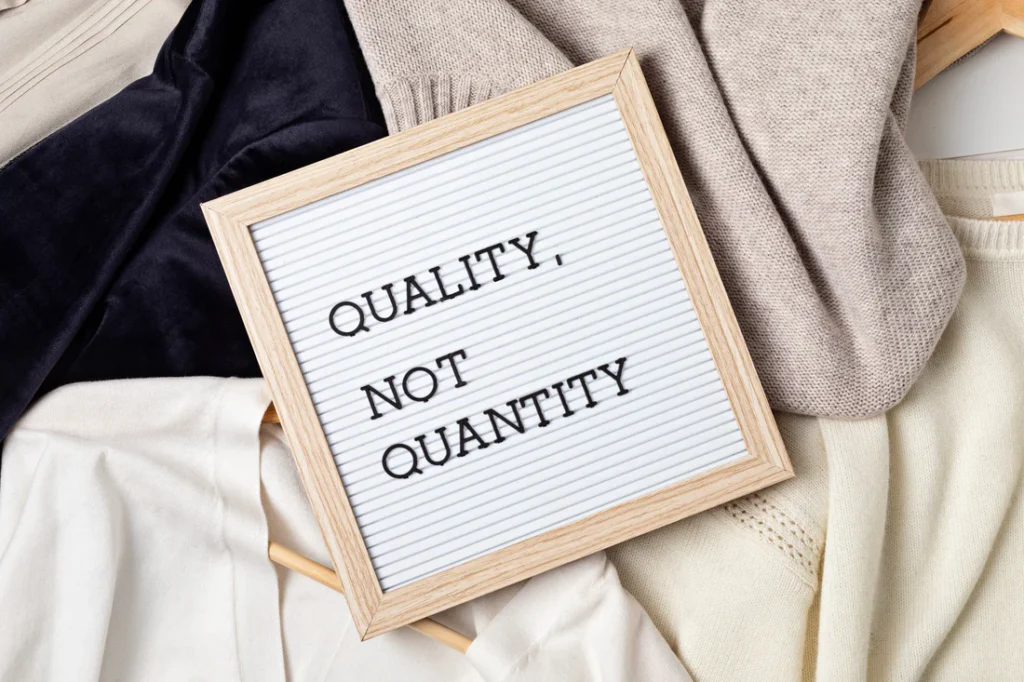Wholesale and Retail Partnerships in Fashion: Strategies, Benefits, and Best Practices
The fashion industry thrives on collaboration, and partnerships between wholesale and retail players are at the heart of its dynamic ecosystem. These partnerships drive growth, innovation, and market reach, shaping the way consumers access and experience fashion. This comprehensive article explores the essence of wholesale and retail partnerships, their strategic importance, and how to navigate them successfully.
Understanding Wholesale and Retail Partnerships
What Is Wholesale in Fashion?
Wholesale refers to the practice of selling large quantities of fashion products directly from manufacturers or designers to retailers at discounted prices. The retailer then sells these products to the end consumer at a markup.
Key Characteristics of Wholesale:
- Bulk purchasing
- Lower unit costs
- Distribution to multiple retailers
- Focus on efficiency and scalability
What Is Retail in Fashion?
Retail involves selling fashion products directly to consumers through physical stores, online platforms, or a combination of both.
Key Characteristics of Retail:
- Direct consumer engagement
- Higher unit prices
- Focus on customer experience
- Inventory management and sales strategies
How Partnerships Work
Wholesale and retail partnerships in fashion involve formal agreements where wholesalers supply products to retail partners for resale. These partnerships can take various forms, from long-term collaborations to seasonal or exclusive product deals.
The Importance of Wholesale and Retail Partnerships
1. Market Expansion
Partnerships enable brands to reach wider audiences through established retail networks, reducing the need for extensive marketing and distribution infrastructure.
2. Cost Efficiency
Wholesalers benefit from large-scale production, while retailers gain access to products at competitive prices, enabling better profit margins.
3. Brand Visibility and Positioning
Retailers help enhance a brand’s visibility by showcasing its products in prime locations and marketing campaigns.
4. Innovation and Trend Adaptation
Collaborative partnerships often foster innovation, allowing brands to respond quickly to market trends and consumer demands.
5. Risk Mitigation
Sharing inventory and sales responsibilities reduces the financial risks for both wholesalers and retailers.
Types of Wholesale and Retail Partnerships
1. Traditional Wholesale Agreements
In this model, wholesalers supply products to multiple retailers who independently handle pricing, marketing, and sales.
2. Exclusive Partnerships
Brands collaborate with select retailers to offer exclusive collections or products.
3. Private Label Agreements
Wholesalers produce fashion products under a retailer’s brand name.
4. Drop Shipping Partnerships
Wholesalers handle inventory and shipping directly to consumers on behalf of retailers.
5. Consignment Agreements
Retailers sell products on behalf of wholesalers, with payments made only for sold items.
Best Practices for Successful Partnerships
For Wholesalers:
- Understand Retailer Needs: Tailor product offerings to meet the specific preferences of the retailer’s target audience.
- Maintain Quality Control: Consistently deliver high-quality products to build trust and loyalty.
- Offer Flexible Terms: Provide favorable payment and return policies to foster long-term relationships.
- Support Marketing Efforts: Collaborate on joint marketing campaigns to boost product visibility.
For Retailers:
- Choose the Right Partners: Select wholesalers with a strong reputation and product alignment.
- Manage Inventory Efficiently: Balance stock levels to avoid overstocking or stockouts.
- Enhance Customer Experience: Create engaging shopping experiences that highlight partnered products.
- Leverage Data Analytics: Use sales data to make informed purchasing decisions.
Case Studies of Successful Partnerships
H&M and Designer Collaborations
H&M’s partnerships with high-end designers, including Karl Lagerfeld and Balmain, have resulted in highly successful collections that bridge luxury and affordability.
Nike and Foot Locker
Nike’s strategic wholesale relationship with Foot Locker has expanded its market reach and strengthened brand dominance.
ASOS Marketplace Partnerships
ASOS works with independent brands and wholesalers to offer a diverse product range, fostering innovation and consumer choice.
Challenges in Wholesale and Retail Partnerships
1. Inventory Management
Balancing supply and demand can be complex, leading to overstock or stock shortages.
2. Market Competition
Retailers often face intense competition, requiring wholesalers to provide unique and differentiated products.
3. Pricing Disputes
Disagreements over pricing strategies can strain partnerships.
4. Logistical Issues
Efficient supply chain management is crucial to avoid delays and maintain product quality.
The Future of Wholesale and Retail Partnerships
Technology Integration
Digital tools such as AI, machine learning, and blockchain are revolutionizing inventory management, customer insights, and supply chain transparency.
Sustainability Focus
Brands are increasingly prioritizing eco-friendly practices and sustainable sourcing in their partnerships.
Direct-to-Consumer (DTC) Hybrid Models
Many brands are blending traditional wholesale strategies with direct-to-consumer approaches to maintain flexibility and control.
Conclusion
Wholesale and retail partnerships are fundamental to the success and growth of the fashion industry. By fostering strong collaborations, leveraging technological advancements, and focusing on sustainability, these partnerships can drive innovation, enhance customer experiences, and create a more resilient fashion ecosystem. As the industry continues to evolve, those who master the art of partnership will undoubtedly lead the way.



